Length 7.54 m Range 2,778 km Cruise speed 810 km/h First flight December 12, 1988 | Top speed 869 km/h Wingspan 7.16 m Engine type Williams EJ22 | |
 | ||
Cmc leopard takeoff inside
The CMC Leopard was a British light personal business jet developed in the 1980s. Two prototypes were built and flown, but the type was never put into production.
Contents
- Cmc leopard takeoff inside
- Cmc leopard canopy
- Design and development
- Aircraft on display
- Specifications second prototype
- References
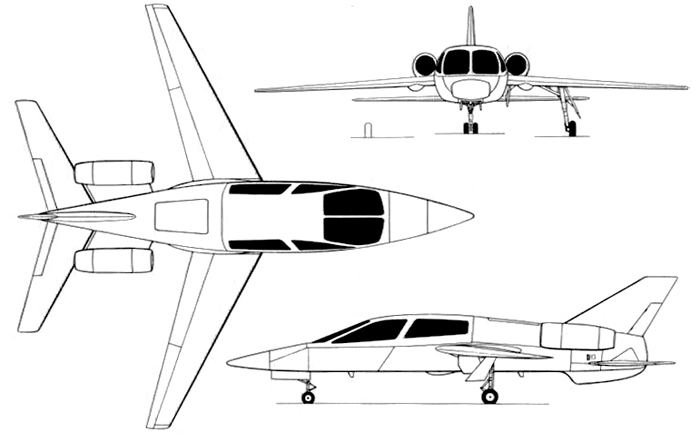
Cmc leopard canopy
Design and development
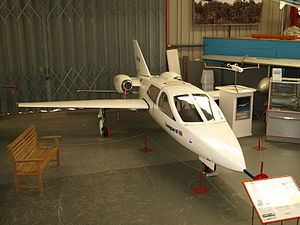
The Leopard was a twin-jet, mid-wing monoplane of composite construction with all-swept flying surfaces and jet fighter-like styling, apart from the podded engines, mounted on each side of the rear fuselage. The entire canopy hinged forward to allow access to the four seats.
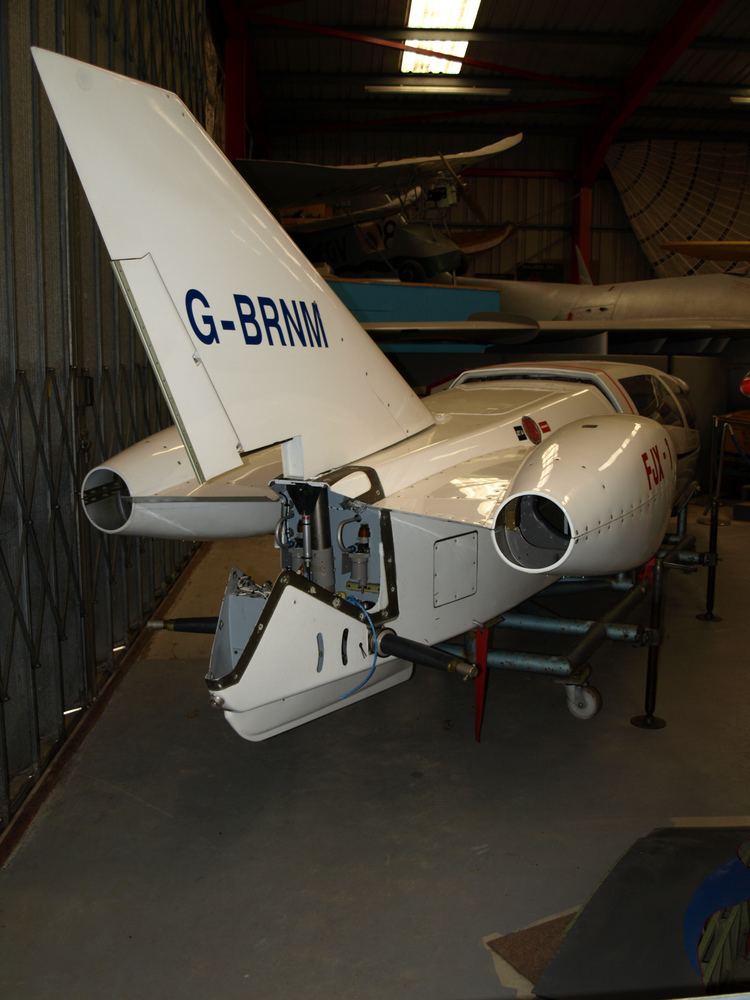
A mockup was completed in 1982, leading to a prototype (registration G-BKRL) built by the Designability company. The prototype first flew late in 1988. Development suffered a major setback when the engine manufacturer, Noel Penny Turbines, ceased business, leading to the grounding of the prototype. A second, refined prototype (registration G-BRNM) was then constructed to use Williams International turbofans. This aircraft also incorporated a pressurised cabin, revised undercarriage, and a generally strengthened airframe. This second prototype was unveiled at the 1996 Farnborough International Airshow and first flew on 9 April 1997.
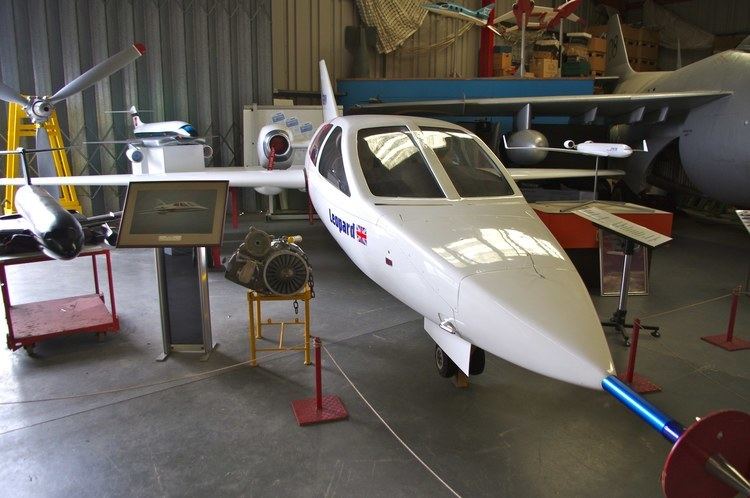
The project never progressed beyond the two aircraft built, later redesignated Leopard Four to distinguish them from a six-seat variant proposed in 2001, the Leopard Six. Chief aircraft designer and CMC chairman Ian Chichester-Miles died in 2009, bringing the enterprise to an end.
Aircraft on display
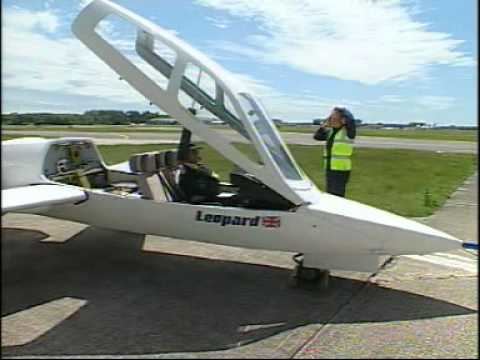
Until 2007, both prototype Leopards, G-BKRL and G-BRNM, were on display at the Bournemouth Aviation Museum. With the museum temporary closure and relocation in 2008, only the former was retained and moved to the new site, while G-BRNM was acquired by the Midland Air Museum at Coventry Airport.
Specifications (second prototype)
General characteristics
Performance
